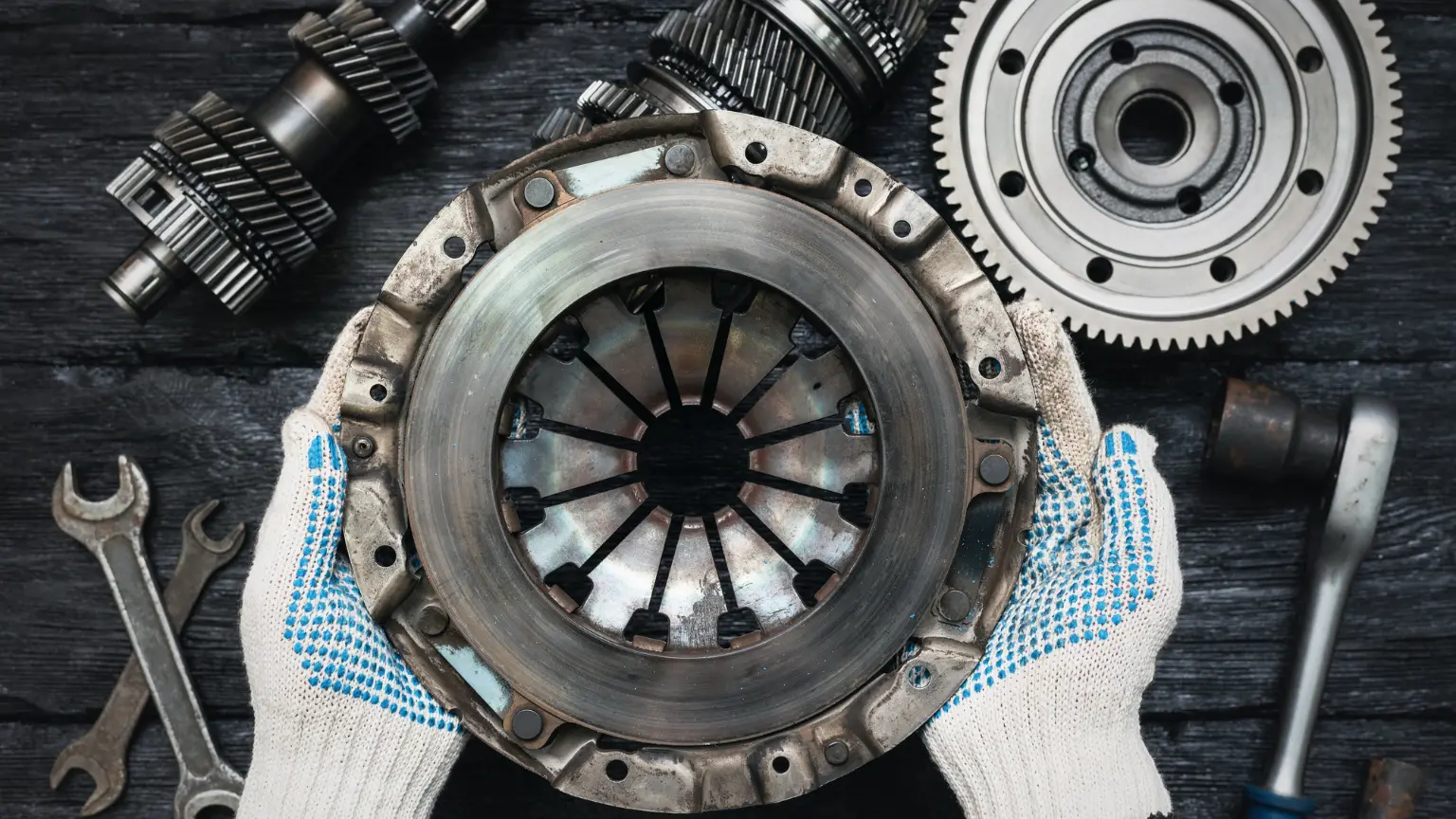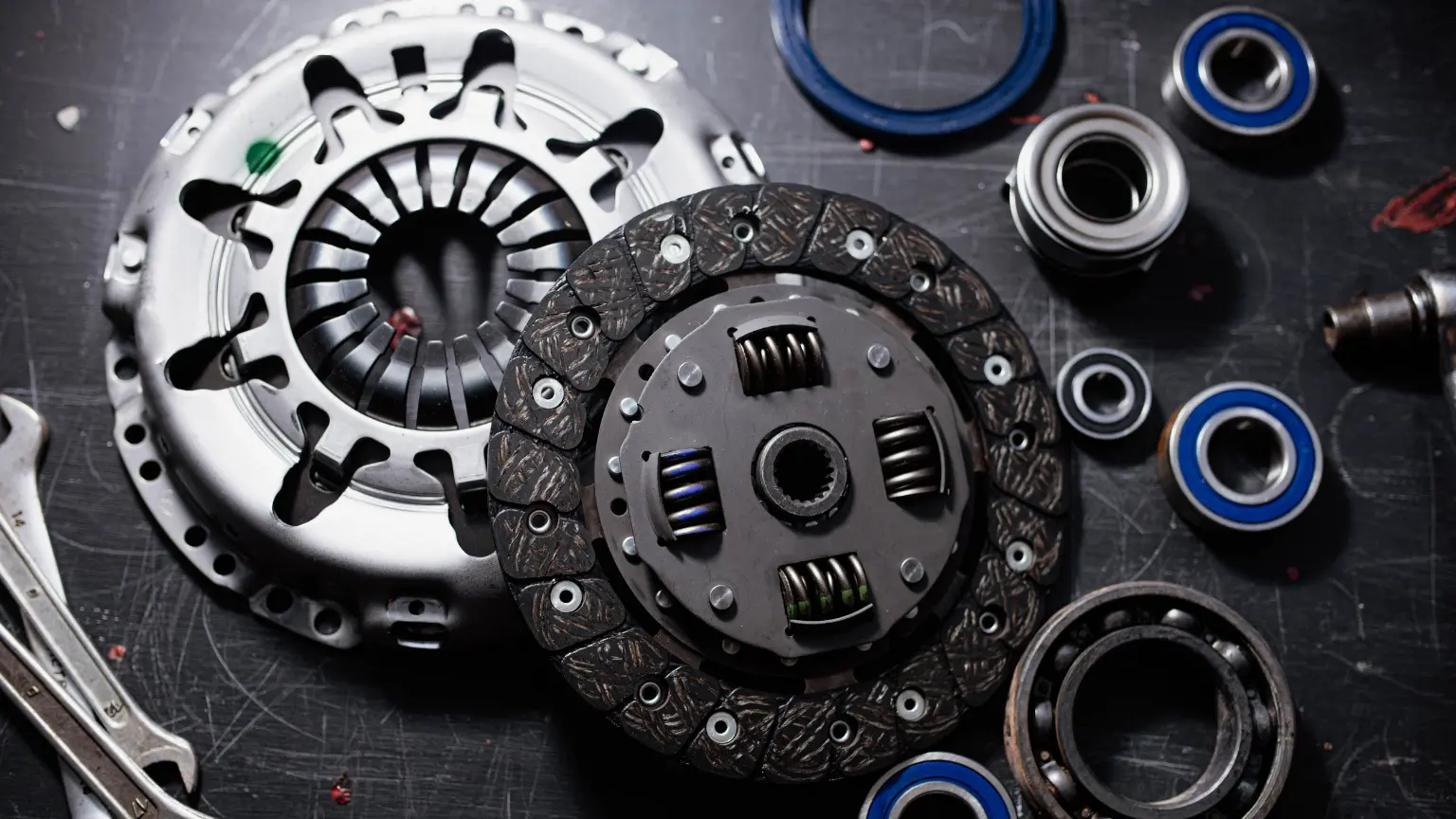Dual-Clutch Transmissions: How They Combine Efficiency and Performance
A dual-clutch transmission uses two clutches—one for odd gears, one for even—to preselect shifts, delivering lightning-fast, seamless gear changes for sharper acceleration, improved efficiency, and driving contro
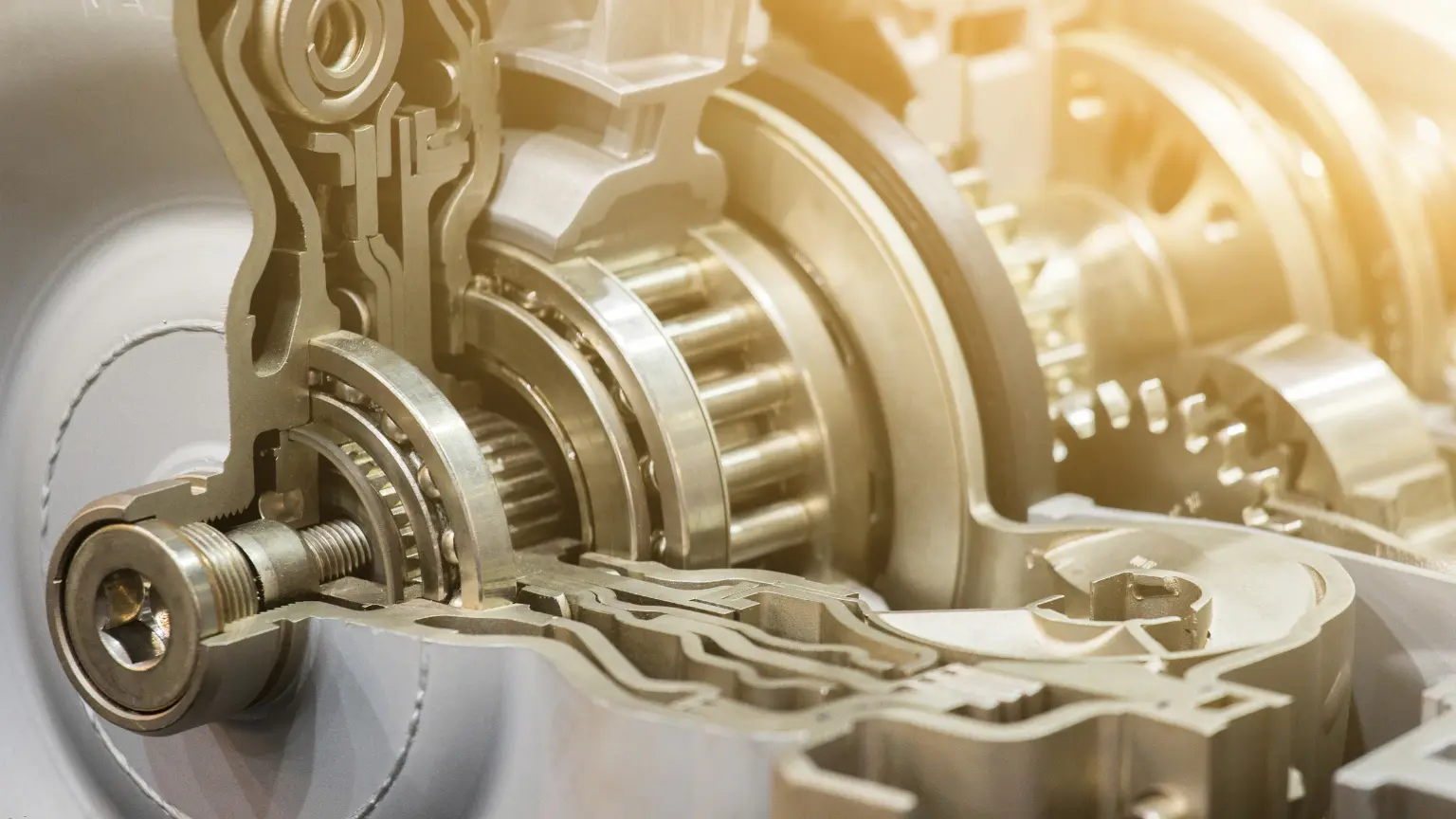
A dual-clutch transmission (DCT) is a type of automated clutch-based transmission that offers a blend of manual and automatic benefits. Unlike traditional automatics, a DCT uses two separate clutches for odd and even gear sets, allowing for faster and smoother shifting with dual-clutch transmissions. This setup enhances the driving experience by providing the feel of manual gear changes without needing a clutch pedal.
How Dual-Clutch Transmissions Work
Two Clutches, One System
The core innovation of a dual-clutch mechanism lies in its use of two separate clutches for different sets of gears. One clutch controls the odd gears, while the other manages the even ones. This design enables the transmission to pre-select the next gear, waiting in standby to engage almost instantaneously. A nearly flawless power transfer is made possible by this configuration, which significantly reduces the time needed to change.
Odd and Even Gear Assignments
When one gear is active, the transmission pre-selects the next gear on the alternate clutch. This arrangement ensures that shifting between gears can occur in milliseconds, significantly faster than manual or traditional automatic systems, providing smooth clutch shifts without any noticeable interruption in power.
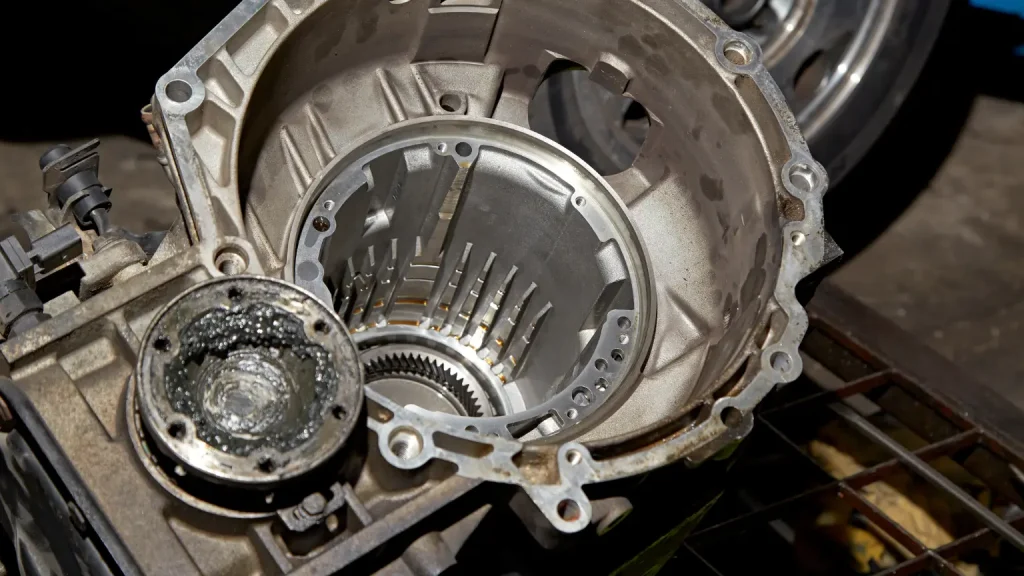
How Pre-Selecting Gears Reduces Shift Lag
Such an approach allows the transmission to have the following gear ready to engage before it is needed, which eliminates the pause that typically occurs when a gear is selected manually. As a result, the driver experiences immediate response upon acceleration, which is crucial for both performance driving and everyday convenience.
The Role of Mechatronics
Mechatronics in dual-clutch systems refers to integrating electronic, mechanical, and software engineering to manage the transmission's operation. This technology precisely controls the timing and actuation of gear shifts, ensuring that transitions are fast and precisely timed to maintain engine efficiency and performance. The dual-clutch system's capacity to deliver both speed and accuracy in gear changes is largely dependent on this degree of control.
Real-Time Adjustments
To ensure smooth shifting with dual-clutch transmissions, real-time adjustments are made based on various driving conditions and commands. Sensors continuously feed information to the transmission control unit, making millisecond adjustments to gear selection, clutch engagement, and torque distribution. Such responsiveness is key to achieving the smooth, efficient drive that dual-clutch transmissions are known for, making them suitable for aggressive driving and managing stop-and-go traffic.
Key Benefits of Dual-Clutch Transmissions
Faster Gear Changes for Improved Acceleration
One of the most celebrated benefits of dual-clutch performance is the ability to quickly change gears. This capability allows vehicles to accelerate more efficiently, with minimal lag between gear changes. The rapid gearshifts enable drivers to tap into the engine's power more effectively, especially when speed and timing are crucial, such as during overtaking or merging onto highways.
Fuel Efficiency of Dual-Clutch Systems
This stems mainly from their ability to shift gears without interrupting power flow from the engine. This seamless gear transition ensures that the engine operates within the optimal range of its power band, thereby reducing fuel consumption. Moreover, the faster shift times mean less energy loss, contributing to a better fuel economy than more traditional transmission systems.
Enhanced Driving Dynamics for Sportier Driving Experiences
Whether navigating tight corners, overtaking on highways, or accelerating out of turns, a DCT ensures that power is readily available at all times. Below are the key benefits of dual-clutch systems in optimizing driving dynamics for high-performance and sports vehicles:
- Immediate Power Access – Traditional automatic transmissions often experience a slight delay when shifting gears, but DCTs minimize this lag by pre-selecting the next gear before the shift occurs. This ensures that the power is transmitted seamlessly to the wheels as soon as the driver engages the throttle. This immediate response is especially beneficial for aggressive driving scenarios, such as launching from a standstill, accelerating out of corners, or making quick lane changes on highways. Additionally, in performance-focused vehicles, the rapid engagement of gears allows for optimized acceleration, making DCT-equipped cars feel more lively and connected to the road. Dual-clutch transmissions give drivers greater confidence in high-demand situations by maintaining near-instantaneous power delivery.
- Continuous Torque Delivery – Since DCTs use two separate clutches—one for odd-numbered gears and one for even-numbered gears—they can transition between gears without interrupting torque delivery. This means the vehicle experiences uninterrupted acceleration, as there is no momentary loss of power during gear shifts. Maintaining a steady power curve is crucial for both speed and control in high-speed driving scenarios, such as track racing or spirited mountain road driving. Unlike traditional automatics, which can momentarily disengage power between shifts, DCTs ensure that the engine remains engaged with the drivetrain at all times.
- Adaptive Gear Selection – Another major advantage of DCTs is their ability to adjust gear selection based on driving conditions and driver inputs. Whether the driver is cruising at a steady pace or aggressively accelerating, the transmission adjusts seamlessly to match the driving style. Additionally, many dual-clutch systems come with selectable driving modes, allowing for sportier shifts when needed and smoother transitions during relaxed driving. In high-performance applications, DCTs allow drivers to maintain control without worrying about unnecessary downshifts or sluggish upshifts, making the experience more engaging and intuitive.
- Enhanced Stability – Vehicle stability is essential for maintaining control at high speeds and through tight corners, and DCTs contribute significantly to this aspect of driving dynamics. Because gear changes occur with minimal delay, there is less disruption in power delivery, which helps maintain traction and stability. In high-performance cars, this is particularly important when accelerating out of turn or during hard braking before a corner. A conventional automatic or manual transmission might cause a slight imbalance when shifting gears mid-corner, but a DCT ensures that power remains smoothly distributed to the wheels. Also, DCTs work in tandem with electronic stability control (ESC) and traction control systems to prevent wheel slip and improve handling.
- Precision Control – Many dual-clutch systems come with paddle shifters, allowing drivers to manually select gears without needing a clutch pedal. This feature is particularly useful when navigating technical sections of a race track or executing high-speed cornering maneuvers. The rapid response of a DCT means that drivers can downshift instantly for extra power when exiting a turn or upshift seamlessly during straight-line acceleration. The ability to control gears with such accuracy allows for better weight distribution, improved braking efficiency, and more predictable handling. For drivers who enjoy an engaging and responsive driving experience, the precision offered by a DCT is unparalleled, making it a preferred choice in many sports cars and high-performance sedans.
As automotive technology continues to evolve, dual-clutch transmissions will remain a key feature in high-performance vehicles, offering drivers an unparalleled blend of speed, control, and efficiency.
Reduced Power Loss
Traditional automatic transmissions often suffer from power loss due to the use of torque converters, which can slip under load. In contrast, dual-clutch transmissions directly engage gears without needing a torque converter, significantly reducing the power loss during transmission. Direct engagement allows for more efficient use of the engine’s output, providing a tangible boost in acceleration and performance to the driver.

Dual-Clutch vs. Manual Transmissions
Comparing Engagement
The engagement between dual-clutch vs. manual transmissions illustrates a stark contrast in user experience. While manual transmissions provide a traditional, hands-on driving feel, dual-clutch systems offer automated precision that enhances performance without the physical demand of a clutch pedal. It allows for an efficient driving experience, particularly in performance scenarios where precision is key.
Mimics the Direct Feel of Manual Transmissions
Immediate engagement and disengagement of gears without needing a clutch pedal allow drivers to enjoy a direct connection with the vehicle, coupled with quicker response times. In situations where quick acceleration and deceleration are necessary, this skill is especially helpful.
Advantages of Dual-Clutch Over Manual in Traffic and Urban Driving
Driving in traffic and urban environments often demands frequent gear changes and clutch use, which can be tiring and less efficient with manual transmissions. Dual-clutch transmissions offer several advantages in these conditions:
- Reduced Driver Fatigue – With a manual transmission, operating the clutch pedal repeatedly during traffic congestion can be tiring, especially in extended stop-and-go conditions. Constantly shifting between first and second gear and frequent clutch engagement can cause leg discomfort over time. A DCT automates this process, allowing drivers to focus on steering and braking without the extra effort of manual gear changes. This is particularly beneficial for commuters who spend long hours in traffic or frequently drive in urban areas with heavy congestion.
- Faster Response Time – Urban driving often requires quick reactions, whether it’s accelerating through intersections, merging into traffic, or stopping suddenly. A dual-clutch transmission significantly improves response time by pre-selecting the next gear before shifting occurs. This eliminates the lag associated with manual gear changes, allowing for instant acceleration when needed. In situations where a rapid downshift is necessary—such as avoiding an obstacle or making a sudden turn—a DCT ensures power is delivered smoothly and without hesitation. Unlike manual transmissions, where a driver must physically disengage the clutch and select a gear, a DCT accomplishes this almost instantaneously, enhancing overall driving safety. The ability to shift gears quickly and efficiently in fast-changing urban environments makes DCTs particularly useful for drivers who need to navigate busy streets with minimal delay.
- Consistent Performance – Another major advantage of DCTs in traffic-heavy environments is their ability to maintain consistent and precise gear changes over time. In a manual transmission, the performance of gear shifts depends on the skill and attentiveness of the driver. Repeatedly engaging and disengaging the clutch can lead to inconsistent shifts, which can cause premature wear on transmission components. DCTs, on the other hand, provide uniform and optimized shifts every time, reducing mechanical strain and extending the lifespan of transmission components. By ensuring smooth and controlled shifting under all conditions, DCTs minimize wear and tear, reducing maintenance costs and improving overall vehicle longevity.
- Ease of Use – Learning to drive a manual transmission involves mastering the coordination between clutch engagement, throttle input, and shift timing. In contrast, a dual-clutch transmission removes this complexity, allowing drivers to focus on the road without worrying about gear changes. This makes DCT-equipped vehicles more accessible to a wider range of drivers, including those who prefer the ease of an automatic transmission but still want the performance benefits of a manual. Paddle shifters in many DCT-equipped cars allow for manual control when desired, without the physical effort of a clutch pedal. The combination of automated shifting and optional manual control makes DCTs an ideal choice for drivers looking for both convenience and performance.
These features make dual-clutch transmissions ideal for urban settings, where efficiency and ease of driving are crucial. The automated system not only improves driving comfort but also enhances overall vehicle performance in dense traffic conditions.
Maintenance and Repair of Dual-Clutch Transmissions
Common Issues: What to Watch For
Common issues include overheating, especially during high-stress conditions such as heavy traffic or steep inclines. The intricate design of the dual-clutch vs automatic transmissions can be susceptible to wear if not properly maintained. Drivers should be vigilant for any signs of irregular behavior, such as unexpected gear changes or unusual noises, which might indicate underlying problems.
Signs It Needs Attention
If a continuously variable transmission starts to slip or jerk, it clearly shows that it needs immediate attention. Slipping—when the transmission fails to engage a gear properly—can lead to a noticeable loss of acceleration and can be caused by a failing clutch pack or low transmission fluid. Jerking, or rough gear changes, often suggests synchronization issues within the transmission or problems with the electronic sensors that govern the shifting process.
Routine Fluid Changes and Mechatronic Calibration
The transmission fluid serves as a lubricant and a hydraulic medium essential for the clutches and gear actuation. Over time, this fluid can degrade, diminishing its effectiveness. Similarly, calibration of the mechatronic unit, which controls the transmission’s electronic and mechanical functions, is crucial for ensuring optimal performance and extending the transmission’s lifespan.
Costs and Challenges
Repairing dual-clutch transmission can be both costly and challenging due to the specialized nature of the technology and the expertise required to diagnose and fix issues correctly. Components like the clutch assembly or the mechatronic unit can be particularly expensive to replace. Not all mechanics are familiar with the intricacies of dual-clutch systems, making it difficult to find qualified service providers.
Why a Transmission Repair Specialist is Essential
Consulting a transmission repair specialist is essential. These specialists are equipped with the specific tools and knowledge needed to diagnose issues accurately and make the necessary repairs without risking further damage. They understand the precise workings of dual-clutch transmissions, from the hydraulic pressures required to operate the clutches to the software algorithms that control the gear shifts.
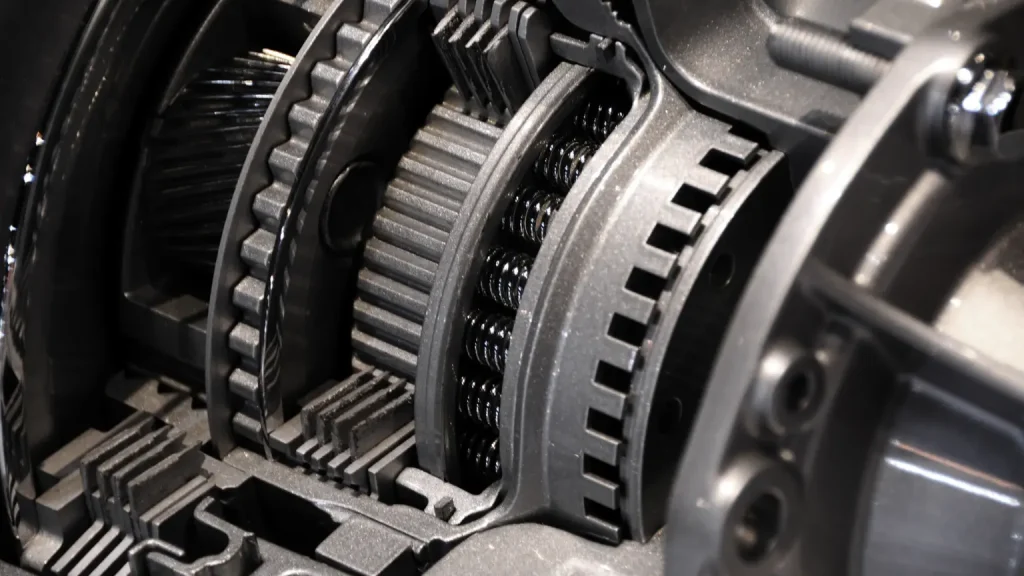
As automotive technology continues to evolve, the advantages of dual-clutch transmissions are likely to become even more refined, offering greater benefits and perhaps addressing some of the current drawbacks. For now, they remain a compelling choice for many, promising an engaging driving experience combined with practical benefits in fuel efficiency and operational smoothness.
Follow a maintenance program
Ante gravida id aenean quis egestas risus nam amet nullam leo diam diam aliquam eu eu malesuada arcu rhoncus suspendisse nulla mattis ut amet sagittis in justo egestas.

search for a trusted mechanic
Lorem ipsum dolor sit amet, consectetur adipiscing elit lobortis arcu enim urna adipiscing praesent velit viverra sit semper lorem eu cursus vel hendrerit elementum morbi curabitur etiam nibh justo, lorem aliquet donec sed sit mi dignissim at ante massa mattis.
- Neque sodales ut etiam sit amet nisl purus non tellus orci ac auctor
- Adipiscing elit ut aliquam purus sit amet viverra suspendisse potent
- Mauris commodo quis imperdiet massa tincidunt nunc pulvinar
- Excepteur sint occaecat cupidatat non proident sunt in culpa qui officia
Check the air pressure in your tires
Vitae congue eu consequat ac felis placerat vestibulum lectus mauris ultrices cursus sit amet dictum sit amet justo donec enim diam porttitor lacus luctus accumsan tortor posuere praesent tristique magna sit amet purus gravida quis blandit turpis.
Review your suspension frequently
At risus viverra adipiscing at in tellus integer feugiat nisl pretium fusce id velit ut tortor sagittis orci a scelerisque purus semper eget at lectus urna duis convallis. porta nibh venenatis cras sed felis eget neque laoreet suspendisse interdum consectetur libero id faucibus nisl donec pretium vulputate sapien nec sagittis aliquam nunc lobortis mattis aliquam faucibus purus in.
- Neque sodales ut etiam sit amet nisl purus non tellus orci ac auctor
- Adipiscing elit ut aliquam purus sit amet viverra suspendisse potent
- Mauris commodo quis imperdiet massa tincidunt nunc pulvinar
- Excepteur sint occaecat cupidatat non proident sunt in culpa qui officia
Service your vehicle as regularly as posible
At risus viverra adipiscing at in tellus integer feugiat nisl pretium fusce id velit ut tortor sagittis orci a scelerisque purus semper eget at lectus urna duis convallis. porta nibh venenatis cras sed felis eget neque laoreet suspendisse interdum consectetur libero id faucibus nisl donec pretium vulputate sapien nec sagittis aliquam nunc lobortis mattis aliquam faucibus purus in.
“Nisi quis eleifend quam adipiscing vitae aliquet bibendum enim facilisis gravida neque velit euismod in pellentesque”
Conclusion
Eget lorem dolor sed viverra ipsum nunc aliquet bibendum felis donec et odio pellentesque diam volutpat commodo sed egestas aliquam sem fringilla ut morbi tincidunt augue interdum velit euismod eu tincidunt tortor aliquam nulla facilisi aenean sed adipiscing diam donec adipiscing ut lectus arcu bibendum at varius vel pharetra nibh venenatis cras sed felis eget.

